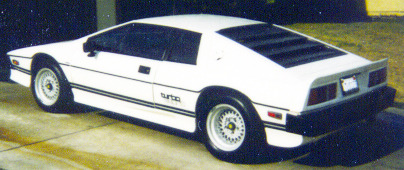Bruce Balfour, PhD: Looking Backwards
Bruce Balfour was born in Tulsa, Oklahoma and wrote his first novel before he was 3 months old. It wasn’t very good, and critics considered it unreadable. He tried again when he was 7 years old but, once again, it wasn’t very good, and critics considered it derivative. Misunderstood, but driven to succeed, he then devoted the next several years in learning how to write…and read…and so forth. He moved to Orange County, California when he was 10.
An avid science fiction reader, Bruce started writing short fiction when he was 14. Hundreds of short stories later, his first professional sales occurred in 1981, when he simultaneously sold two stories to Twilight Zone Magazine, where the long-suffering editor, TED Klein, was beaten into submission by a flurry of Bruce’s manuscripts.
Bruce continued to write a variety of science fiction, contemporary fantasy, and horror stories that were published during the following years. Bruce supported his habit by working the long list of jobs that writers always seem to have: delivery truck driver, college bookstore manager, commercial and fashion photographer, low-budget screenwriter, comic book writer, engineering test driver for Subaru, NASA computer scientist, and computer game designer/producer/director. When asked to explain his variety of occupations, he says he likes to learn new things, he likes to write, and he likes to eat. But wait, there’s more….
In the process of interviewing several authors, including Joe Haldeman, Harlan Ellison, Fritz Leiber, and Alan Dean Foster, Bruce was warned repeatedly that he should focus on novels rather than short stories if he intended to make a living as a writer. However, Bruce was easily distracted and ignored them entirely.
While living around Los Angeles for ten years writing spec screenplays that would get optioned but never produced, Bruce felt obligated to study film production (and business) at UCLA. When he realized that there were only about eight people in California who were actually employed in film production, he made the natural switch and became a computer science major at the University of California, Santa Cruz.
Desperate for people with artificial intelligence training—or perhaps just artificially intelligent people—NASA hired Bruce at Ames Research Center (and this became part of the setting for The Forge of Mars). When they needed someone to push computer buttons on the Kuiper Airborne Observatory, a high‑altitude C-141 research aircraft, NASA put Bruce on a team to capture infrared images of the Space Shuttle on reentry.
Bruce enjoyed pushing buttons, and there were a few occupations he hadn’t worked at yet, so he became a computer game designer/producer/director. Managing teams of up to 80 people, game development was a lot like film production except it would take one to two years for the team to develop a finished game. Several of Bruce’s story–based computer adventure games—such as Neuromancer, Wasteland, Outpost, and The Dagger of Amon Ra — became award‑winning bestsellers.
While managing the development of his computer games, Balfour’s first novel, Star Crusader, was published in 1995. A non-fiction book that explained the science behind his Outpost space simulation game—sometimes characterized as “Sim City in space”—was published in 1994 in English and various foreign languages. Adopted as a teaching tool by many high school science classes, the Outpost game and book remained in print until 2000.
Bitten by the entrepreneurial bug, Bruce put some small software companies together. Some exploded, but some did not. Then he saw something shiny and his attention turned elsewhere. He then wrote The Forge of Mars.
Fearing that he might miss something during the dot-com boom, Bruce moved from the mountains near Yosemite and returned to the San Francisco Bay Area. As the director of product and business development for a large educational software company in San Francisco, he spent way too much time with high-tech executives, cultish software developers, and the possibilities of advanced Internet technologies, causing the darker themes of his next novels to ferment in his head (e.g., The Digital Dead).
As you might expect, his natural response was to then get a degree in science journalism from the University of Massachusetts, Amherst because … why not? And he wrote Prometheus Road.
Returning to the world of Big Science and Big Shiny Objects, from x-ray synchrotrons to supercomputers, Balfour took a job with the Lawrence Berkeley National Laboratory in Berkeley, California and hung around with Nobel Prize winners.
Infected with an apparent desire to work for every federal lab in the country, Bruce then took a job with Sandia National Laboratories (a national security laboratory operated by the US Department of Energy) in Livermore, California, where he worked in Business Development creating domestic and international partnerships, among other things. In addition to world-class scientists working on Big Problems, he also hung around with FBI, CIA, DEA, and Secret Service agents. Another fun part of this job was that he felt very special when he would travel internationally, be invited to embassy parties, have a driver/escort, and be allowed to use an embassy office while he was visiting.
About this time, he also went to racing school and did a little racing because … why not?
While at Sandia, Bruce developed and managed a technology business incubator (with a makerspace) known as i-GATE to support young companies engaged in advanced technology and renewable energy product development. This plan worked out pretty well, and he liked partnering with communities, so Bruce then got a master’s degree in community and economic development from Penn State.
Realizing that nobody would preface his name with “Doctor” unless he earned yet one more degree, he then got a PhD at Penn State. Now, nobody can understand what he says. He writes the occasional academic journal article based on his original research, but he suspects that his readers can’t understand what he says, either.
Bruce moved to Phoenix, Arizona in 2018 with his wife and a Chihuahua named Bug who barked at nothing. Bug has since "gone to the farm" and we have two new furry residents, Max and Molly, who also bark at nothing. When he’s not consulting with communities to help develop makerspaces and other entrepreneurial support projects around the country, Bruce likes to bend, melt, cut, grind, and otherwise shape metal into sculptures. Oh, and he’s the Executive Director for a large makerspace in downtown Phoenix called Phoenix Forge (operated by GateWay Community College).
In 2009, Bruce started his extensive research on ancient Egypt and the assassination attempt on Pharaoh Ramesses III. His historical thriller, The River of Eternity, was published in January of 2024, along with its sequel, The House of Death. The third in the series, The Revenge of Sekhmet, was published in October 2024, and it will be followed in 2025 by the fourth book, The Harem Conspiracy. These Egyptian historical novels have spent several months on Amazon's bestseller lists in the US, UK, Canada, and Australia. Thank you for your support. I was also received a 2024 Pacific Book Award, Best Historical Fiction, for The River of Eternity.
Bruce started self-publishing his Carla Cruz crime thriller series in October 2024 with A Memory of Fire, followed by Shooting Stars. My favorite reviewer quote, from Publisher's Weekly Booklife, is: "High-stakes mystery combines with a quest to face the past head on. At its core, A Memory of Fire is an exploration of the ripple effects of trauma, a tribute to facing the past as the only way forward. Balfour builds the plot with keen detail and insider knowledge, drawing from his own experience working closely with federal agencies to imbue the story with unique authenticity. This is an unforgettable opening to a promising series that thriller fans will savor."
Bruce also writes comedy mysteries under the pen name of B.J. Balfour, such as Deadfall, an Amazon Charts #1 Bestseller (October 2024), which will be followed by Chicken Gun in 2025.
He has also started two more new projects and two sequels, but those are super-secret right now, so don't tell anybody. Watch this website, or sign up for my newsletter, to be notified when I have new books being released.
Bruce has never been an FBI special agent, drug lord, or serial killer, despite what everyone says.
Thank you.
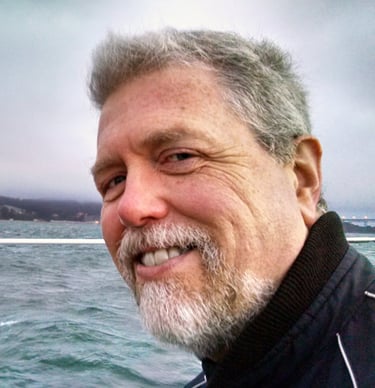

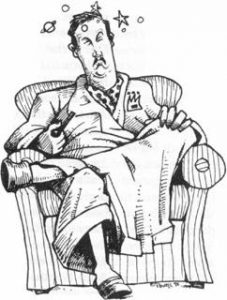

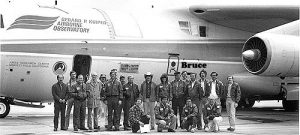



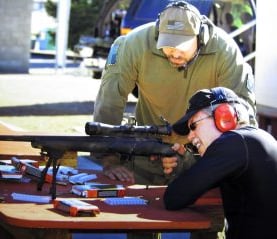

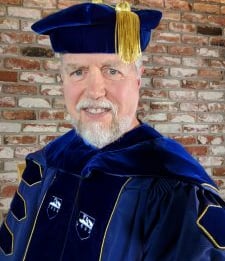

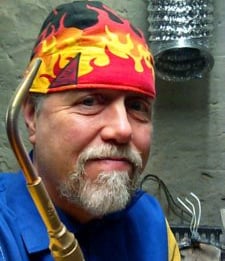

“Writer at Work” Rich Powell, 1994
Bruce and NASA Kuiper Airborne Observatory
Racing Bruce
Bruce and his Lotus Turbo Esprit
(as in The Digital Dead)
Bruce firing FBI sniper rifle with
Hostage Rescue Team sniper
Dr. Balfour
Bruce Disguised as Metal Sculptor
